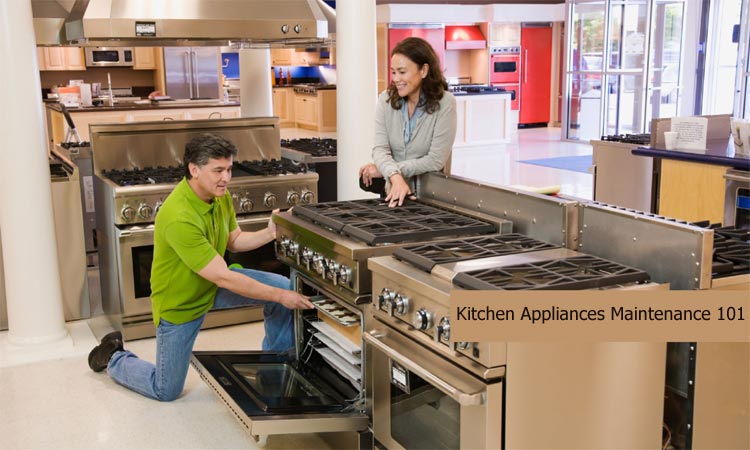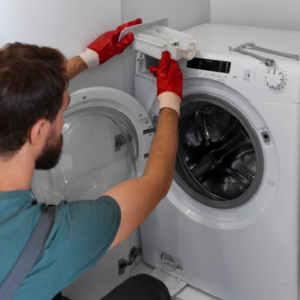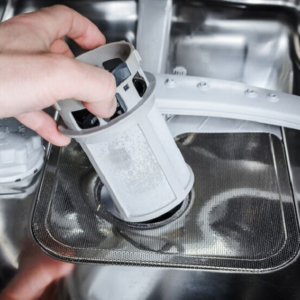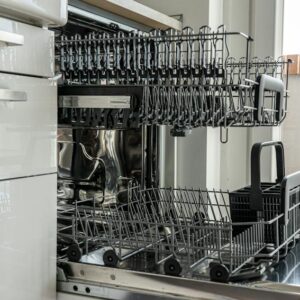Kitchen appliances are an integral part of your existence. It’s hard to imagine life in the 21st century without an electric kettle or a microwave. Several generations have grown up using dishwashers and food processors. However, hardly half of these people know how to take care of their helpers.
These appliances are often expensive and have a long lifespan. Unfortunately, they break down much earlier because of poor maintenance. It’s not sufficient to simply install an appliance and wipe it with a sponge every once in a while. Each machine needs special attention.
In this article, we’ll share a few detailed tips to help you take full advantage of your kitchen appliances for many years.
1. Food Processor Maintenance
A food processor is a complex appliance. Even though it looks small, it has numerous parts, each of which needs your attention. After each use, you must clean your food processor.
For that, you have to take it apart fully. Don’t ignore any of the parts. Pieces of food tend to stay in hard-to-reach places and rot inside the machine, leading to breakdowns and awful odors.
Always wash the blade first. It requires special care. The blade has small crevices, which must be cleaned right away. Otherwise, food will be harder to remove. Moisture can ruin the blade. So once you wash it, dry it with a paper towel to remove all excess water.
Use mild dish soap and warm water to wash the rest of the removable parts. Don’t scrub the food processor components with abrasive materials. Read the manual, some of the parts can be cleaned in the dishwasher.
Wipe the base of the processor, including the motor area (make sure the unit is unplugged). Never place the base under running water.
Air-dry the unit’s components and reassemble it. Store the food processor in a cabinet rather than on the table or countertop. Grease and moisture in the kitchen area can reduce the lifespan of the food processor.
2. Dishwasher Maintenance
Dishwasher requires daily maintenance. So try to pay some attention to it after each cycle. To clean it, you’ll need white vinegar, paper towels, and pipe cleaner.
Start by reading the manual. You’ll learn many interesting things about your machine’s maintenance. Remember, each dishwasher has its nuances. So if you’ve just purchased a new one, it may require a different approach. You can check the make and model of your dishwasher and search the internet for special maintenance tips.
At least once a week, you need to unclog the sprayer arm nozzles. For that, you should remove all the racks and get as close as possible to the sprayer arm. When nozzles are clogged, they can’t spray water properly, thus hindering the effectiveness of your machine. You can clean them with pipe cleaners for a long-term effect or use a toothpick.
Clean the drain at least once a month. For that, you need to unplug the dishwasher and turn off the circuit breaker. Find out where the drain is by reading the manual. A clean drain allows the dishwasher to work better without producing unpleasant odors. Technicians at Jacksonville Appliance Repair Services, point out that clogged drains are a common reason for dishwasher breakdowns.
To ensure all the soap scum and mildew is removed from your machine, you should run a maintenance cycle. Put a cup of white vinegar on the top rack and run the longest cycle. You can add several drops of lemon juice to the cup for a better odor-fighting effect.
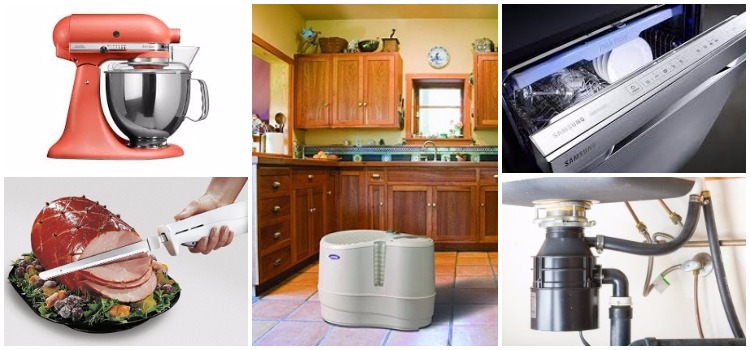
3. Microwave Maintenance
Since the microwave is used several times a day, it requires special maintenance. Make sure to read the manual to have a good idea of what you can and can’t put inside the machine. Don’t ever try to heat anything other than food or drink inside it. Use only microwave-safe dishes to ensure safety. Don’t run the appliance when it’s empty.
Ideally, you should wipe the surface and the insides of the microwave after each use. You can minimize the hassle by covering the dishes you put inside so the food doesn’t settle on the walls. If you are diligently covering your plates, you can wash the microwave once a week.
If you haven’t cleaned the microwave for a while and the dirt is stuck on the walls, don’t use any abrasive materials to remove it. Put a cup of water with a few drops of lemon inside the microwave and run it for 10 minutes. Then remove the cup and wipe the walls. The dirt should come off easily.
4. Electric Kettle Maintenance
Electric kettles require minimal maintenance as long as you operate them correctly. Never fill the kettle past the “max” mark. Even though it can fit more water, extra liquid prevents the appliance from functioning correctly while wasting your money.
Don’t leave water in the kettle after use. Standing water produces extra mineral deposits, making the appliance harder to clean. Only boil the amount you need at the moment.
Once a week, you should clean the exterior of your kettle to prevent grease and grime from being stuck on the surface.
Clean the insides of the kettle at least once a month. Fill it with water and add a cup of vinegar. Allow the water to boil and then let it sit for 10 minutes. Then empty the kettle and rinse it. Don’t submerge the appliance in water. Remove mineral deposits by adding a tablespoon of baking soda or powdered citric acid to water and bringing the kettle to a boil.
After you clean your kettle with vinegar, baking soda or citric acid, fill it with fresh water, boil it, and empty it. This ensures none of the cleaning ingredients is left inside.
Take good care of your kitchen appliances, and they’ll serve you for many years.
